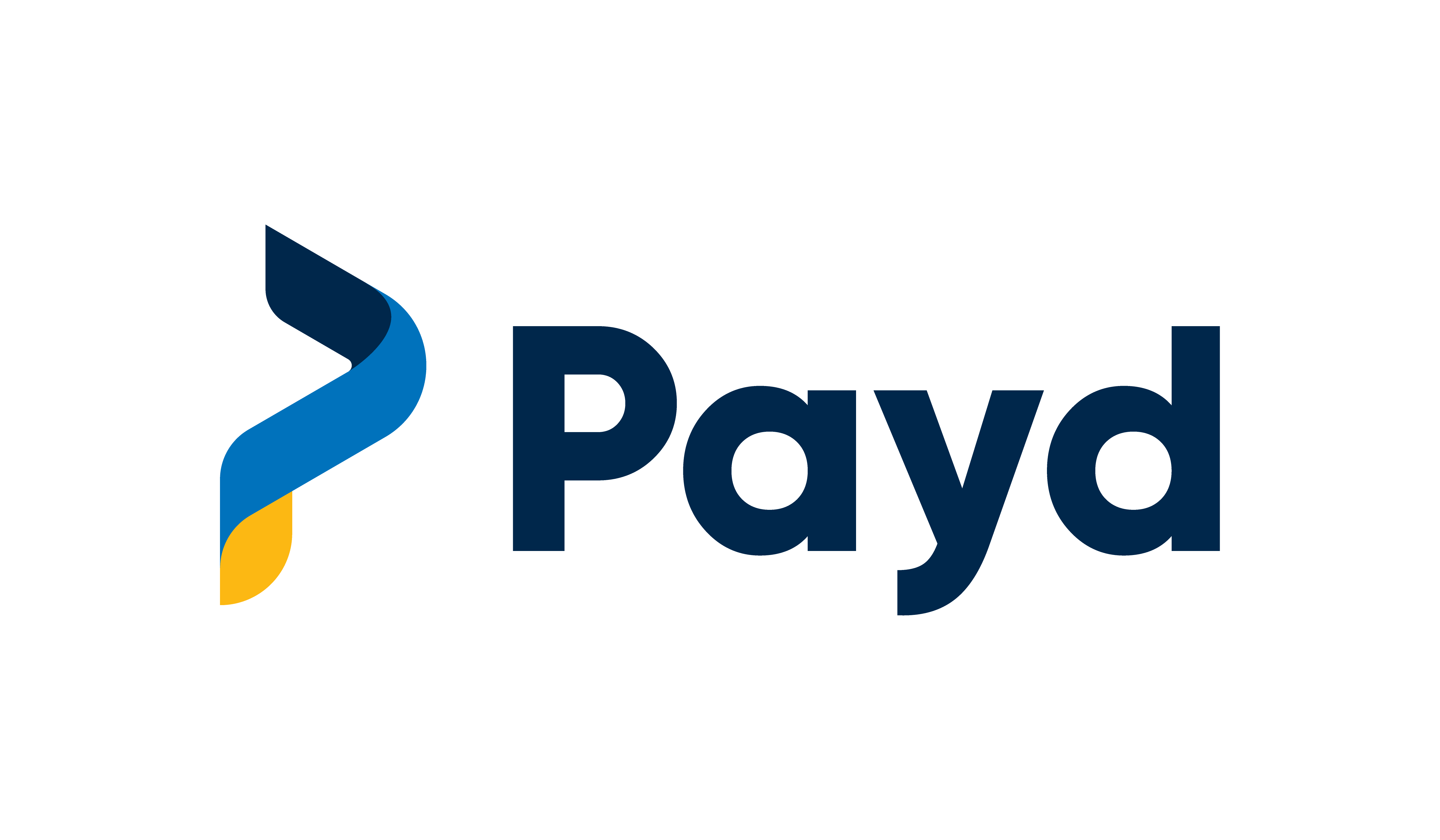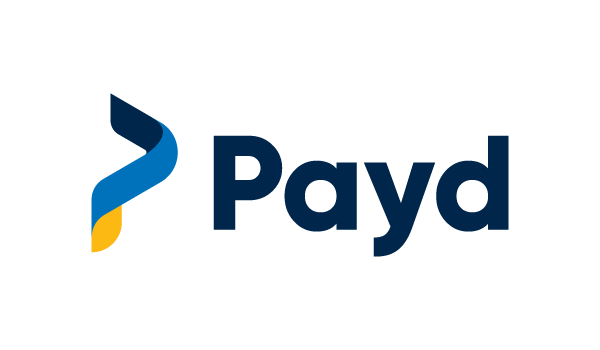As an employer, you understand the importance of promoting financial wellness in your workplace. However, demonstrating the value of financial wellness initiatives to senior leadership can be challenging. One effective way to do this is by measuring the return on investment (ROI) of your financial wellness programs.
In this post, we’ll discuss how employers can measure the ROI of financial wellness programs to demonstrate their value to senior leadership.
1. Identify your objectives
Before measuring the ROI of your financial wellness programs, it’s important to identify your objectives. Determine what you hope to achieve with your financial wellness initiatives, such as reducing healthcare costs, decreasing absenteeism, or improving employee productivity. This will help you select the appropriate metrics to track.
2. Determine the metrics to track
To measure the ROI of your financial wellness programs, you’ll need to track specific metrics such as healthcare costs, absenteeism, and employee turnover. You can also track employee engagement and satisfaction surveys to gauge the impact of your financial wellness initiatives on your workforce.
3. Calculate the financial impact
Once you’ve identified the metrics to track, calculate the financial impact of your financial wellness programs. For example, if you’ve implemented a financial education program and noticed a reduction in healthcare costs, calculate the amount saved and compare it to the cost of implementing the program. Use the same process to calculate the ROI of other financial wellness initiatives.
4. Consider long-term benefits
It’s important to note that the benefits of financial wellness initiatives may not be immediately apparent. Some benefits, such as reduced stress and improved financial literacy, may take longer to manifest. Be sure to consider these long-term benefits when calculating the ROI of your financial wellness programs.
5. Communicate the results
Once you’ve measured the ROI of your financial wellness programs, communicate the results to senior leadership and stakeholders. Highlight the financial impact of your initiatives and demonstrate their value to the organisation. Use the results to make a case for investing in further financial wellness initiatives.
Measuring the ROI of financial wellness programs is an effective way to demonstrate their value to senior leadership and stakeholders. By identifying your objectives, tracking the appropriate metrics, calculating the financial impact, considering long-term benefits, and communicating the results, you can make a strong case for investing in financial wellness initiatives.
Start measuring the ROI of your financial wellness programs today to demonstrate their value to your organisation.











